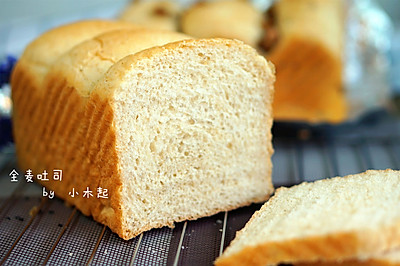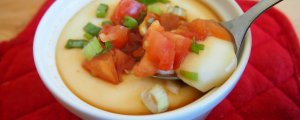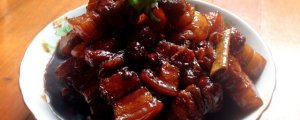
Soft crispy European bag
(106765 views)
Usually we eat delicious soft bread mostly Japanese bread and table bread. In order to pursue the smooth and delicate organization and the soft and sweet taste, we will add extra sugar and butter (PS butter itself is not bad. The real bad thing is to treat the poor butter as a bad merchant with great efforts). In fact, the traditional European bread is very hard. Because the European bread is used as the main food. The pursuit is more health than taste. Therefore, it has a thick weight. The taste is crisp outside and tough inside. It is characterized by high fiber, low sugar, low oil and low fat. It pays attention to the natural flavor of grain. But the European bag is usually hard. It costs a lot of teeth. It's not suitable to give it directly to the baby. The current popular modified version of soft European bread inherits the healthy characteristics of hard European bread, and it is not as sweet and greasy as Japanese bread. It's hard on the outside and soft on the inside, absorbing the advantages of both. It's a more suitable baked pasta for baby. I'll control the amount of butter and sugar
Cooking ingredients
Cooking Steps

Step1:60g salt free butter is softened at room temperature. 20g of it is used for outer skin and the remaining 40g for inner filling. Be careful not to melt into liquid.

Step2:Add all dough materials required for making the skin except butter to the mixing bowl. The name and weight of the dough material are written in the introduction of the ingredients above. If you can't buy whole wheat flour, use high gluten flour instead.

Step3:In the chef's machine, knead the noodles at medium speed for 15 minutes. You can also use a toaster. But it is not recommended to knead it by hand. The state of the main dough is wet and sticky at first. There is no pressure on the chef and the bread maker. The students who knead by hand may doubt life. But if they are firm enough, they can knead successfully in the end.

Step4:Add 20g of softened butter. Continue kneading.

Step5:Knead to the expansion stage. That is, the hands can support a thin film. Make this European bag. Glove film is not necessary. Just rub it out.

Step6:Shape the dough into a ball. Cover with plastic film. Ferment at room temperature to One point five To twice the size.

Step7:The fermented dough can be poked with a little flour with your fingers. If the dough will not shrink or collapse, it means that it is fermented. Otherwise, it will be fermented for a while.

Step8:Squeeze and knead evenly. Exhaust the gas.

Step9:Cut into 6 equal parts.

Step10:Rub into a ball. Cover with plastic wrap. Wake up at room temperature for 15 minutes. Pay attention to this step to relax the dough. Make the dough easy to operate. Not fermentation.

Step11:Then make the filling part. Add 10g of sugar to the remaining 40g of softened butter. Beat with electric beater until the butter volume is fluffy.

Step12:Add 10g of whole egg liquid twice. Mix well with electric beater after each addition.

Step13:Make it smooth and even.

Step14:Add 50g milk powder. And 20g Cranberry (or raisin).

Step15:Stir to a thick dough.

Step16:Put the made pastry into the flower mounting bag and refrigerate it for standby.

Step17:Take a wake-up dough and roll it with a rolling pin into a round cake the size of your hand.

Step18:Squeeze in the right amount of pastry.

Step19:Pinch the dough from three directions and wrap it into a triangle. After lifting the edge of the handle, first squeeze the middle, then squeeze it out. Be sure to squeeze tightly. Avoid spreading when fermenting. Expose the inner stuffing

Step20:

Step21:

Step22:

Step23:

Step24:

Step25:
Cooking tips:If you can't eat it all at once, you can put it in a fresh-keeping bag. Squeeze the air in the bag and tie it tightly. Put it in the refrigerator freezer for preservation. Eat it in two weeks. Before eating, take it out and restore the room temperature. Bake it at 150 ℃ for about 3 minutes. There are skills in making delicious dishes.
 Chinese Food
Chinese Food












